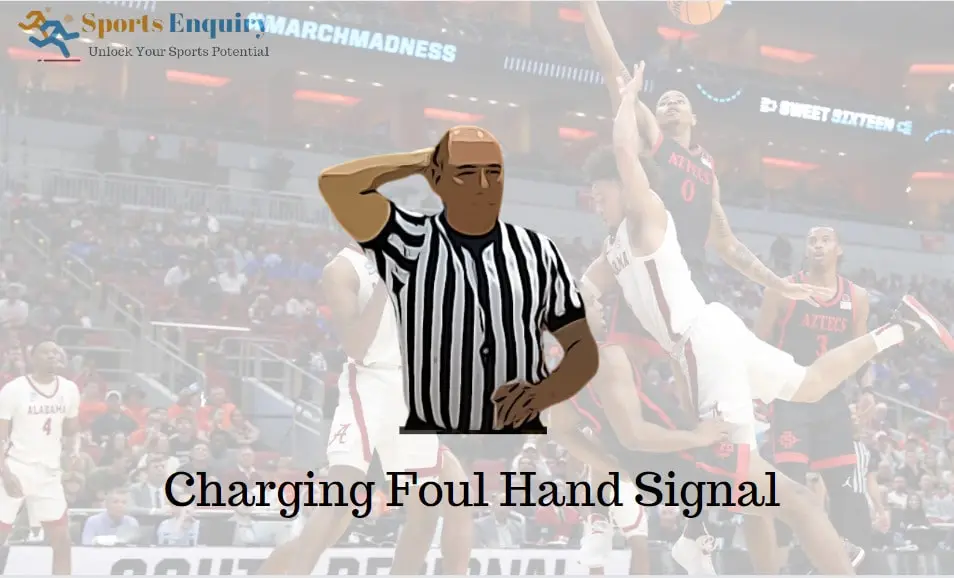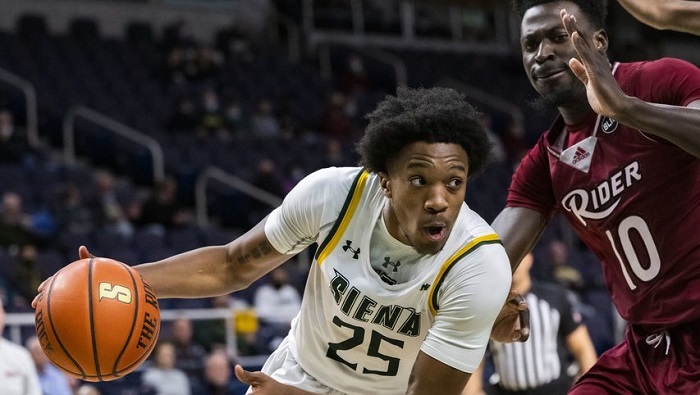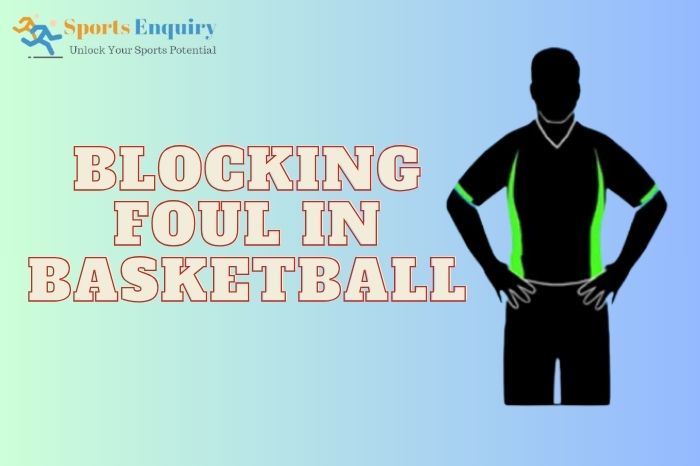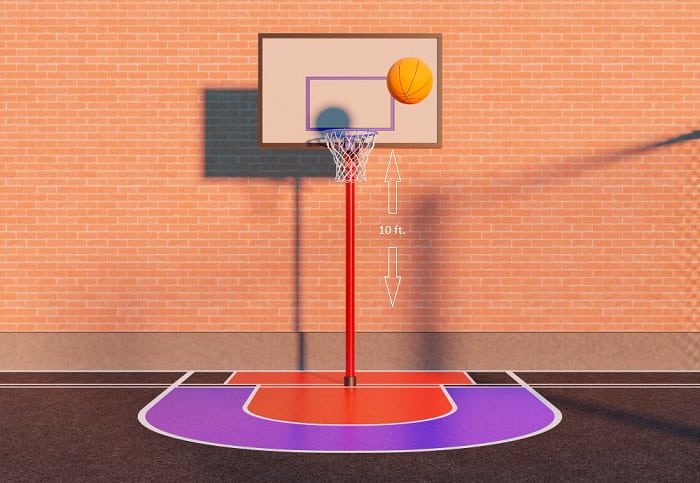Charging Foul in Basketball
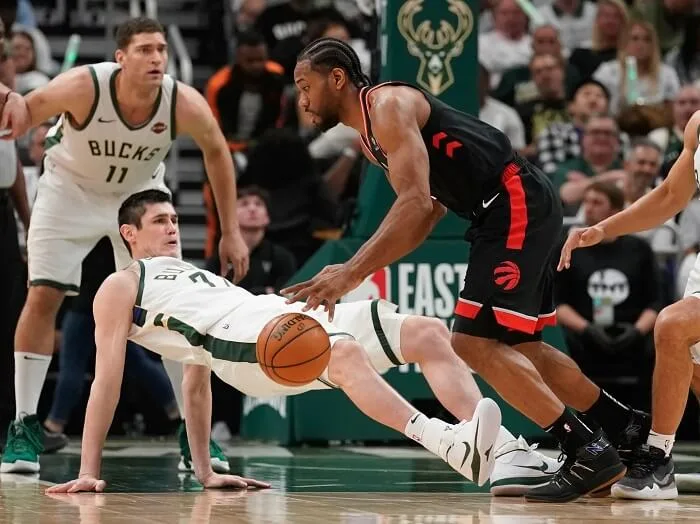
What happens when an offensive player charges into a defender standing their ground on the basketball court? It’s called a charging foul. In basketball, this infraction occurs when the offensive player initiates significant contact with a stationary defender who has established a legal guarding position. The key factors include the defender’s positioning and the force of the contact. A charging foul results in a turnover, shifting the game’s momentum and often sparking debates among players and fans. While referees’ interpretations can vary, understanding the impact of this rule adds depth to the sport, whether you’re a seasoned fan or new to basketball.
What is a Charging Foul?
A charging foul occurs when an offensive player initiates significant contact with a defensive player who has established a legal guarding position. It typically happens when the offensive player is driving to the basket or attempting to make a play, and the defensive player holds their ground, maintaining a stationary position.
Key Elements of a Charging Foul:
- Defensive Position: The defensive player must establish a legal guarding position before the offensive player begins their drive or shooting motion. This involves having both feet firmly planted on the ground, facing the opponent, and not moving sideways or backward.
- Contact: For a charging foul to be called, there must be significant contact between the offensive and defensive players. The contact usually occurs in the chest or torso area of the defensive player, and it’s often forceful enough to cause a noticeable impact.
- Timing: The timing of the defensive player’s positioning is crucial. If they establish a legal guarding position after the offensive player has already begun their drive, it may result in a blocking foul rather than a charging foul.
Penalty and Consequences
When a charging foul occurs in basketball, it leads to several consequences that can change the course of the game. Firstly, the team committing the foul loses possession of the ball, giving it to the opposing team. This sudden change in possession can disrupt offensive strategies and momentum. Additionally, the player who commits the charging foul gets a personal foul added to their record. If a player accumulates too many personal fouls, they may be disqualified from the game. This not only affects the player but also impacts their team’s performance and dynamics, requiring adjustments in strategy and lineup rotations. Overall, charging fouls have a significant impact on the flow and outcome of the game, emphasizing the importance of disciplined play and careful decision-making.
Charging Foul Hand Signal
In basketball officiating, clear communication is essential for players, coaches, and spectators to understand the referee’s calls. The charging foul is no exception, and it is signified by a distinct hand signal:
Charging Foul Video Example
You can watch the video below to see an example of a charging foul in basketball, along with the corresponding hand signal used by the referee to indicate the foul.
Tips to Prevent Charging Foul in Basketball
Preventing charging fouls in basketball requires a combination of awareness, skill, and strategic decision-making. Here are some tips to help players minimize the risk of committing charging fouls:
- Read the Defense: Keep an eye on defenders and how they position themselves. If they’re in your way, slow down or change direction to avoid crashing into them.
- Mix Up Your Moves: Use different speeds and directions to keep defenders guessing. Quick changes in direction can help you slip past defenders without colliding with them.
- Control Your Body: Practice stopping and moving smoothly to stay in control. Avoid leaning too far or pushing off too hard, as this can lead to fouls.
- Use Fakes: Fake a shot or pass to throw off defenders who are trying to draw a charge. This can create openings for you to drive to the basket safely.
- Look for Passing Options: If you’re facing heavy defence, consider passing to a teammate instead of forcing a shot. This can help you avoid running into defenders.
- Make Smart Choices: Think about your next move before you make it. Sometimes, passing or pulling back instead of driving can be the best option to avoid fouls.
Difference Between Charging and Blocking Foul in Basketball
In basketball, a charging foul and a blocking foul are different types of violations based on the position of the defensive player. A charging foul happens when the defensive player is standing still, with both feet on the ground and facing the offensive player, and the offensive player runs into them. It’s like a defensive player taking a hit. On the other hand, a blocking foul is called when the defensive player is still moving or hasn’t planted their feet yet, and the offensive player bumps into them. It’s like the defensive player not being ready to take a hit. So, if the defensive player is standing their ground, it’s a charging foul, but if they’re still moving, it’s a blocking foul.

I’m James Ritter, a sports enthusiast. I’ve played sports since school, and now I enjoy writing about them. My goal is to inspire aspiring athletes through stories of success and determination. I believe anyone can achieve greatness with the right guidance. I aim to make a positive impact on the sports community by sharing stories and insights, connecting my love for sports and writing. Join me on this journey of inspiration for all sports lovers.

